SuperDeep Borehole
Overview
This university game design project challenged us to create an immersive experience based on the Kola Superdeep Borehole, played entirely in darkness. As a Designer and JavaScript Developer, I coded core gameplay mechanics, scoring, and Firebase integration, contributed to the narrative, and iterated based on playtesting feedback using physical prototypes (helmet, dashboard). The result was a unique auditory rhythm game demonstrating non-visual feedback techniques and yielding learnings on managing monotony and engagement in audio-centric gameplay.
The project, conceptualized by a team member, resulted in "SuperDeep Borehole," a web-based auditory rhythm game. I chose to join because the concept felt unique and challenging: creating a story-driven audio game based on the real, fascinating events of the Kola SuperDeep Borehole offered a compelling narrative foundation. Early low-fidelity prototyping with an online metronome confirmed that maintaining rhythm purely by sound required practice and skill, validating the core gameplay potential.
Role
Responsibility
Project Duration
The Game Concept
In "SuperDeep Borehole," the player takes on the role of a Russian drill pilot navigating the earth's depths based on the true events at Kola. Played in complete darkness (using a modified helmet), the core mechanic involves tapping a physical dashboard to the beat (initially 70 BPM) guided by an audio track that also unfolds the narrative.
The game features 8 levels of increasing difficulty, introducing distracting noises and voices. Players manage 5 lives (cylinders, figure 1) and score points for rhythmic accuracy. A game session lasts up to 10 minutes or until all cylinders break. Successful completion grants access to a top 10 scoreboard stored on Firebase, where players can register their achievement.
You can try a version of the game yourself using a standard keyboard – no special equipment is needed! Tap any key to the rhythm of the audio cues to drill deeper and experience the narrative.
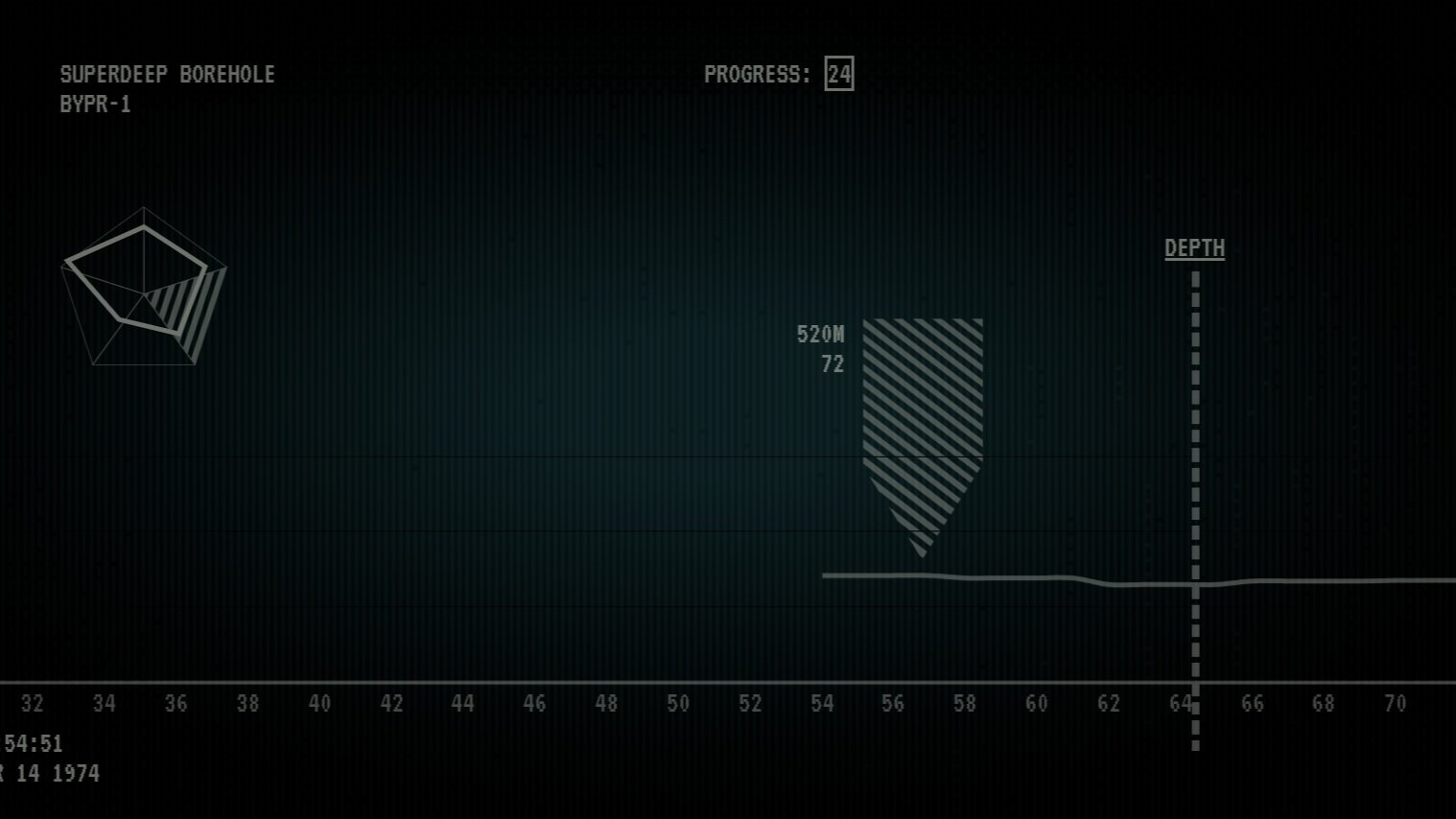
Figure 1. The user interface shown to the audience (not the player). It displays remaining cylinders (left), player BPM, high score, and depth progress (right).
Design Challenges: Feedback in Darkness
Creating an engaging experience without visual feedback was the primary challenge. We focused heavily on using audio and haptic feedback to communicate game state and player interaction effectively.
For instance, besides the core rhythm track, the in-game character provides verbal cues, announcing depth milestones (e.g., every 1000 meters) to give the player a sense of progress and context within the darkness. Clear, distinct sound design became critical for conveying success, failure, and environmental changes.
Physical Artifacts for Immersion
To enhance player immersion and address the feedback challenge, we incorporated physical elements. Our goal was for the player to feel like a real 'drill pilot' operating machinery deep underground, requiring more than just audio input.
We repurposed an old display into a physical dashboard (figure 2) which the player physically tapped, with an Arduino registering the input. This provided a tangible interaction point. Crucially, players wore a modified motorcycle helmet (figure 3). This served multiple purposes: it effectively blocked external light and sight, enforcing the darkness constraint, and it housed additional feedback mechanisms. We integrated a vibration motor to provide distinct haptic feedback, primarily signalling the critical event of 'breaking a cylinder' (losing a life). Additionally, red LED lights inside the helmet were used during certain levels not for information, but as a deliberate environmental effect to increase stress and distraction, simulating alarms or malfunctions in the drill pod.
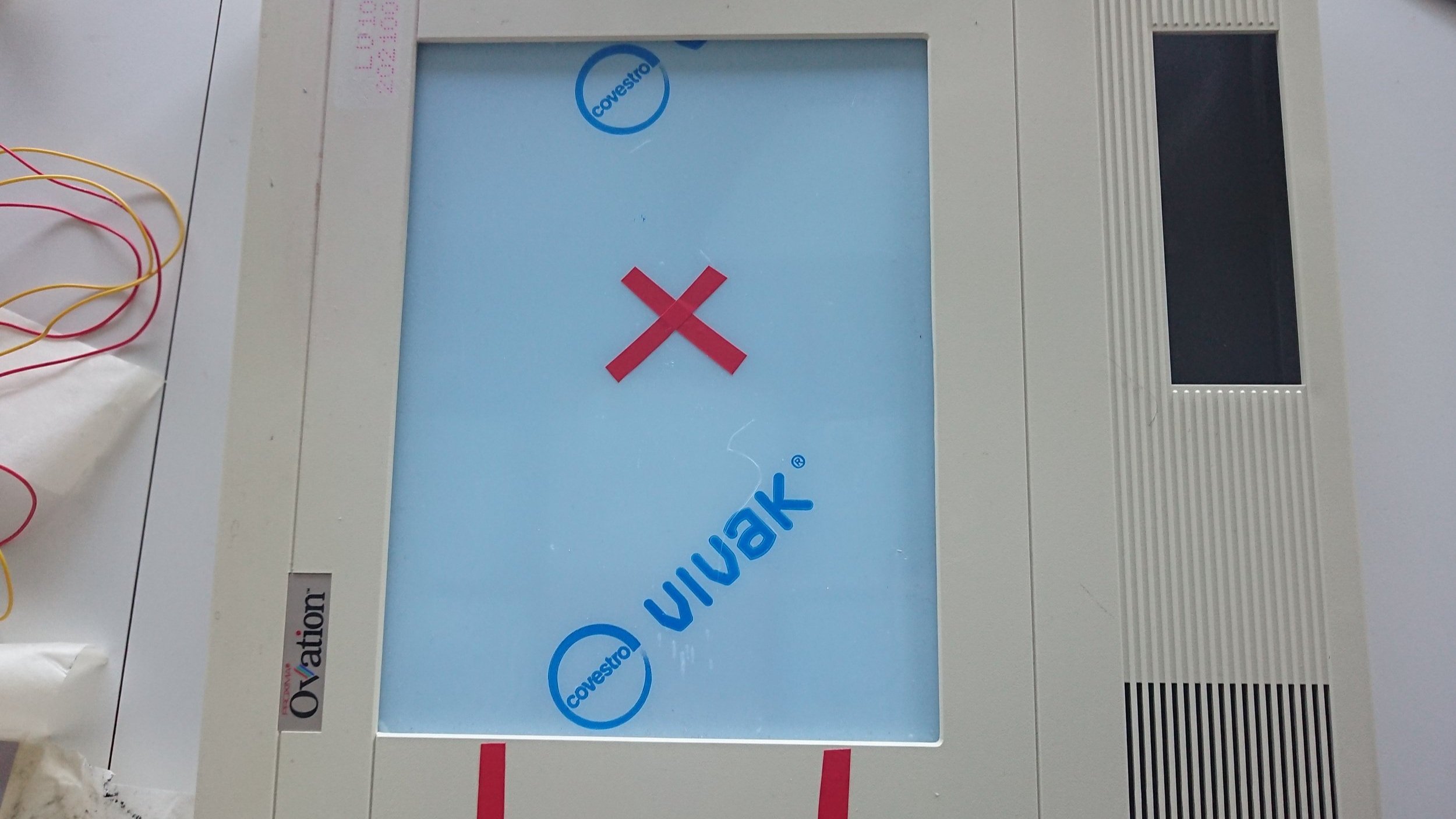
Figure 2. The repurposed display used as the physical dashboard for tapping interaction.
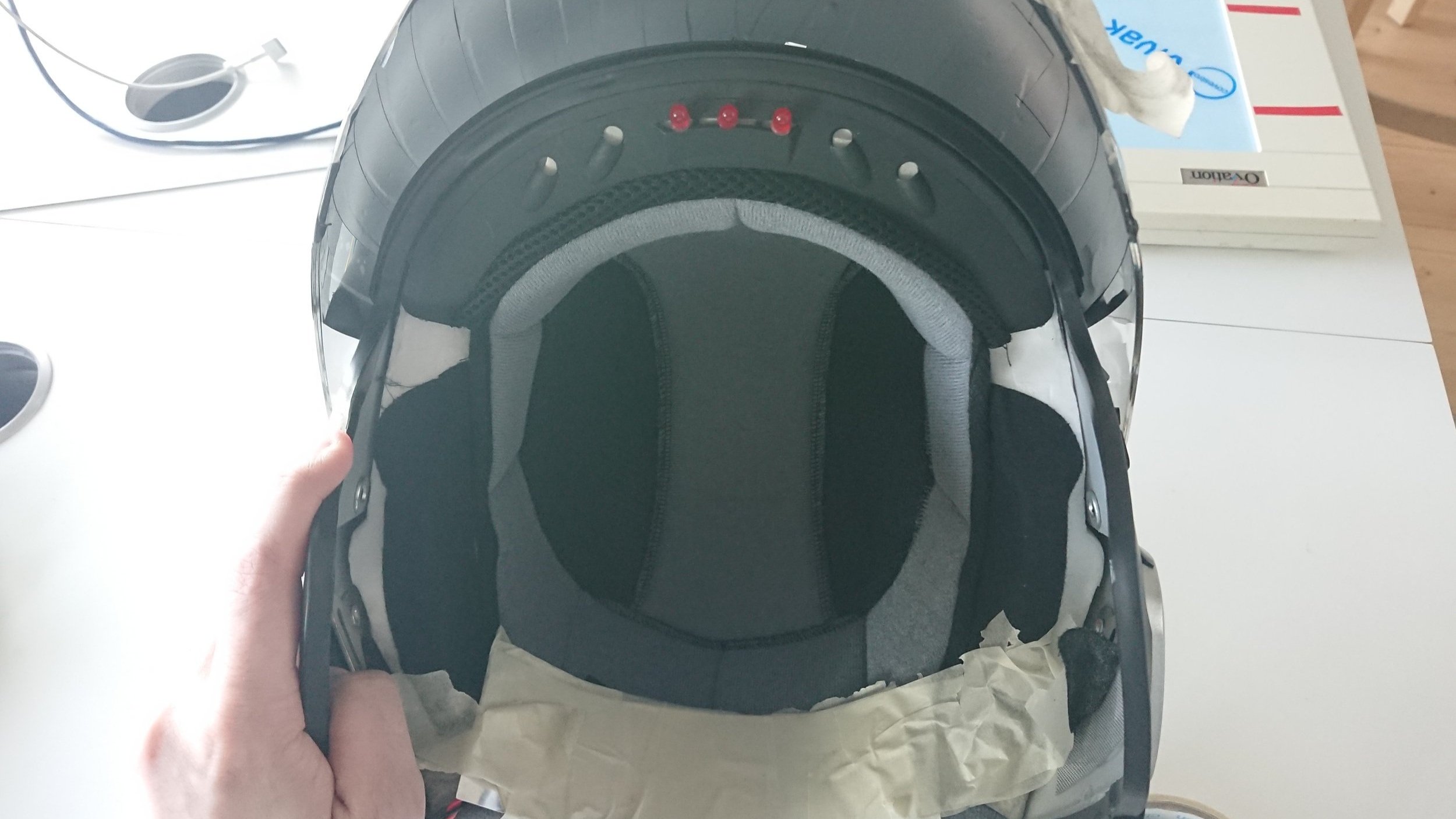
Figure 3. The modified helmet with internal LED lights and vibration motor, used to block sight and provide feedback.
Playtesting & Iteration
Methodology
We conducted one round of formal playtesting midway through development. Four players were recruited from our class (figures 4 and 5). Each session was moderated by the team. Players received initial instructions, were equipped with the helmet, and then played through the test version of the game (approx. 5 minutes playtime, covering the initial levels) without interruption. Our goal was to evaluate the core experience, specifically:
- Effectiveness of the sound design for guidance and feedback.
- Player understanding of progression and difficulty curve.
- Clarity and impact of the physical feedback (vibrations, lights).
- Overall engagement and potential player strategies.
- Understanding of the unfolding mystery/story elements.
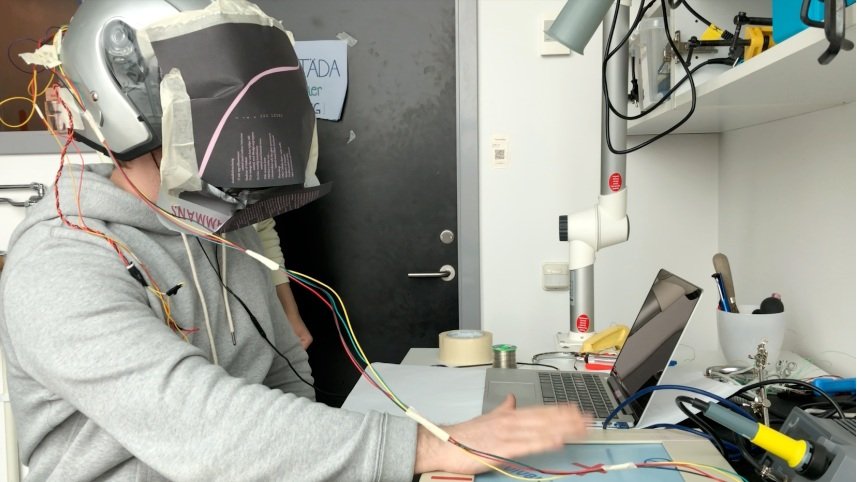
Figure 4. A playtester interacting with the physical dashboard while wearing the helmet.
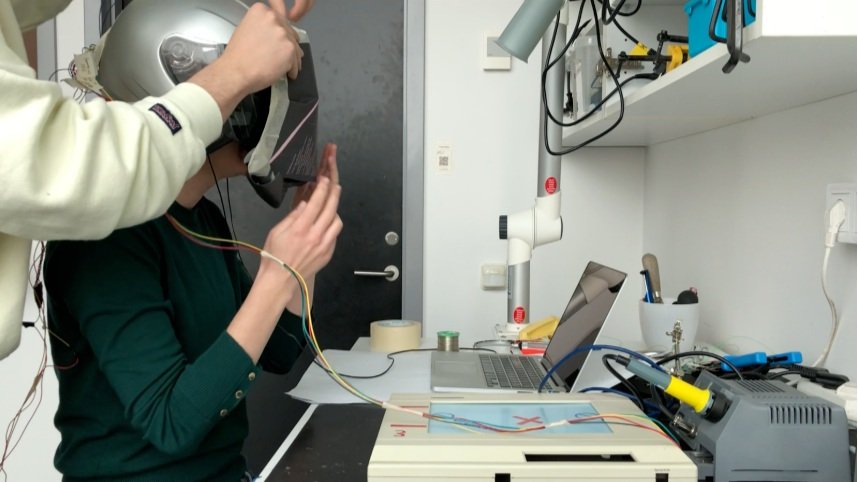
Figure 5. Assisting a playtester with equipping the modified helmet.
Insights & Analysis
Overall feedback was positive regarding the unique and exciting experience. However, crucial areas for improvement were identified:
- Monotony: All participants felt the constant 70 BPM tapping became monotonous. This highlighted a common challenge in rhythm games – balancing consistency with variation to maintain engagement and avoid player fatigue, potentially hindering 'flow'.
- Unclear Audio Cues: Some environmental sounds lacked clarity; players didn't understand their meaning or story connection. This underscored the critical importance of distinct audio branding and feedback in audio-centric games.
- Scoreboard Motivation: Players expressed strong interest in scores and comparison, confirming the power of competition and leaderboards for engagement and replayability.
- Emergent Strategies: Players developed unique physical strategies (tongue clicking, foot tapping) to maintain rhythm, suggesting engaging cognitive load.
- Effective Physical Feedback: Verbal updates, vibration on failure, and LED distractions were well-received.
Resulting Iterations
Based directly on playtester feedback, we implemented several key changes:
- Addressing Monotony: Because players found constant tapping monotonous, we introduced a level increasing BPM from 70 to 120 for variation and intensity.
- Improving Clarity & Narrative: To address unclear sounds and strengthen story connection, we added more contextual voice lines and refined existing sounds.
- Enhancing Replayability: Recognizing motivation, we fully implemented the scoreboard with Firebase integration.
- Supporting Rhythm Recovery: An audible metronome click was added temporarily after losing a life to help players re-sync.
- Refining Aesthetics: Improved the helmet and dashboard visuals with paint to match the game's theme (figure 6).

Figure 6. The final iterated version of the helmet and dashboard with cosmetic updates.
Learning Takeaways
This project offered significant learning opportunities in designing for non-traditional interfaces and gameplay:
- MDA Framework Application: Learned to practically apply Mechanics-Dynamics-Aesthetics framework. Future projects: Consciously design mechanics to evoke specific aesthetics (challenge, immersion).
- Value of Iterative Playtesting: Gained hands-on experience incorporating feedback. Insight on monotony led to variation. Future projects: Advocate for early and frequent playtesting.
- Designing Feedback Loops without Vision: Learned critical importance of clear non-visual feedback (audio, haptics). Future projects: Prioritize clarity and distinctiveness in alternative feedback channels.
- Introducing Strategic Depth: Experienced how elements like scoreboards, varying BPM add depth. Future projects: Consider meta-game and progression early for long-term engagement.
The observation of players developing personal strategies also highlighted the engaging potential of well-tuned core mechanics. This project was invaluable for understanding the unique challenges and rewards of designing embodied, audio-centric game experiences.
